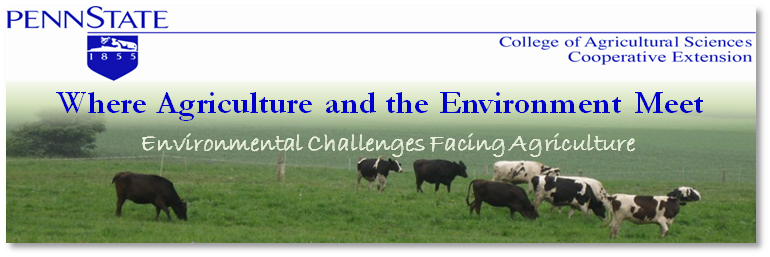 |
| cattle-manager.com |
Phosphorus (P) is a very important mineral for both cows and their rumen microbes. It is involved in almost all metabolic reactions so being deficient can be very detrimental. However, it is also a very important element in almost all metabolic reactions in plants. Therefore, as cows eat plants and plant materials they are getting enough P to meet their requirements. Grains tend to be higher in P compared with forages, and byproducts (distiller’s grains, corn gluten feed, and wheat midds) tend to be the highest. Because it is so prevalent in plants supplemental P is almost never needed.
What is the big deal about P? The issue with P is that, like animals and plants on land, algae also need P to grow. When too much P gets into waterways either through manure contamination or soil erosion algae grows uncontrollably. Too much algae in the water blocks out the light killing aquatic plants, which serve as habitat and food supply of higher level organisms. When this algae bloom finally dies the decomposition of the algae draws oxygen out of the water making it impossible for fish and other aquatic organisms (fish, shellfish, etc.) to survive.
So how much is too much? Like the level of any nutrient, the level of P required for the cow depends on her milk production and how available the P in the feed is. However, in most cases a P concentration of 0.35% to 0.38% of ration dry matter will be enough to meet the needs of the cow. In the “Reducing Dietary Phosphorus in the Dairy Herd” publication by Zhiguo Wu and Virginia Ishler with Penn State University there is a nice example of how overfeeding P in the ration contributes to higher levels in the manure. For a cow milking 75 lbs and eating 50 lbs of dry matter, a dietary P content of 0.35% of ration dry matter will result in 1.9 lbs/ton of P in the manure where as a dietary P content of 0.48% of ration dry matter will result in 2.9 lbs/ton of P in the manure. Because P fed above the level that the cow needs will just be excreted going from a recommended P level of 0.35% to a high level of 0.48% results in the significant increase in manure P levels.
Higher manure P means that there may be limitations as to where that manure can be spread. Another calculation from this publication shows that when a cow is fed a 0.48% P diet compared with a 0.38% P diet an additional 12.2 pounds of manure P is excreted over a 305 day lactation. This higher P diet would require an additional 0.31 acres to spread the manure on compared with the low P diet. If additional land was not available P would be applied at 14.5 lbs/acre in excess of what the crop could remove and would result in an increase in the soil P test over time.
Although many have reduced the level of P in their rations, there are still a few that throw in a little extra for good measure. This is not only bad for the environment, but it is also represents an unnecessary cost. Deficiency issues are not seen until you get around 0.3% P, and a dietary level of 0.3% P is hard to create using normal feedstuffs. Therefore, concerns about loss of milk production or reproductive performance due too little P are unwarranted.
Phosphorus, has, and will continue to, receive a lot of attention, but the positive side is that it is something that can be easily controlled at the farm level.
